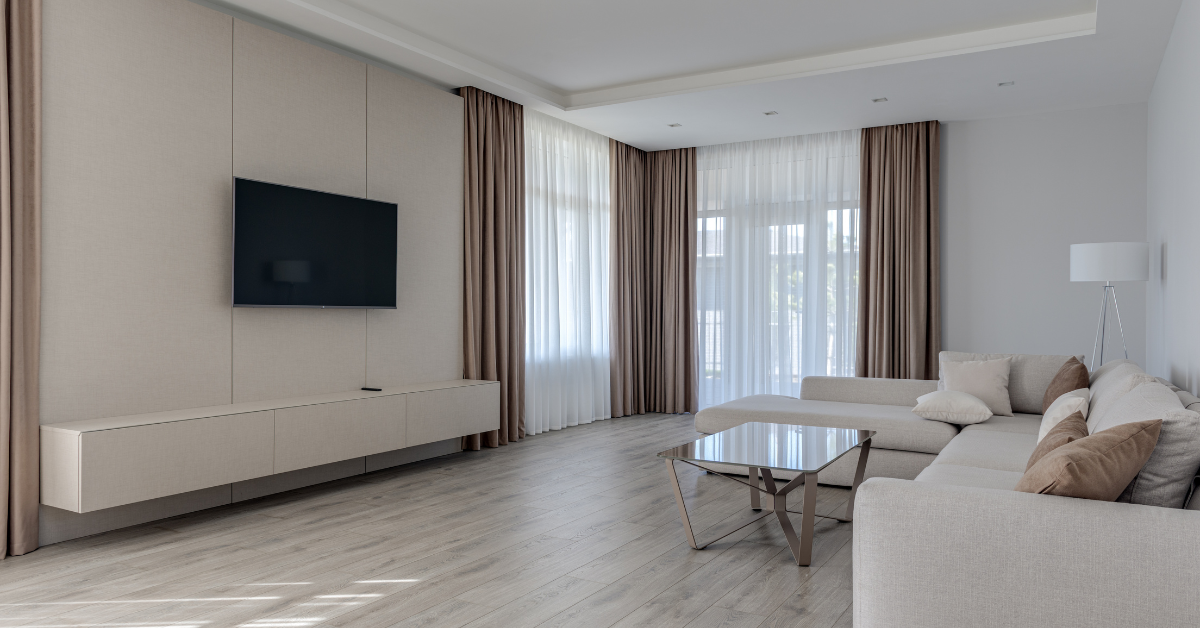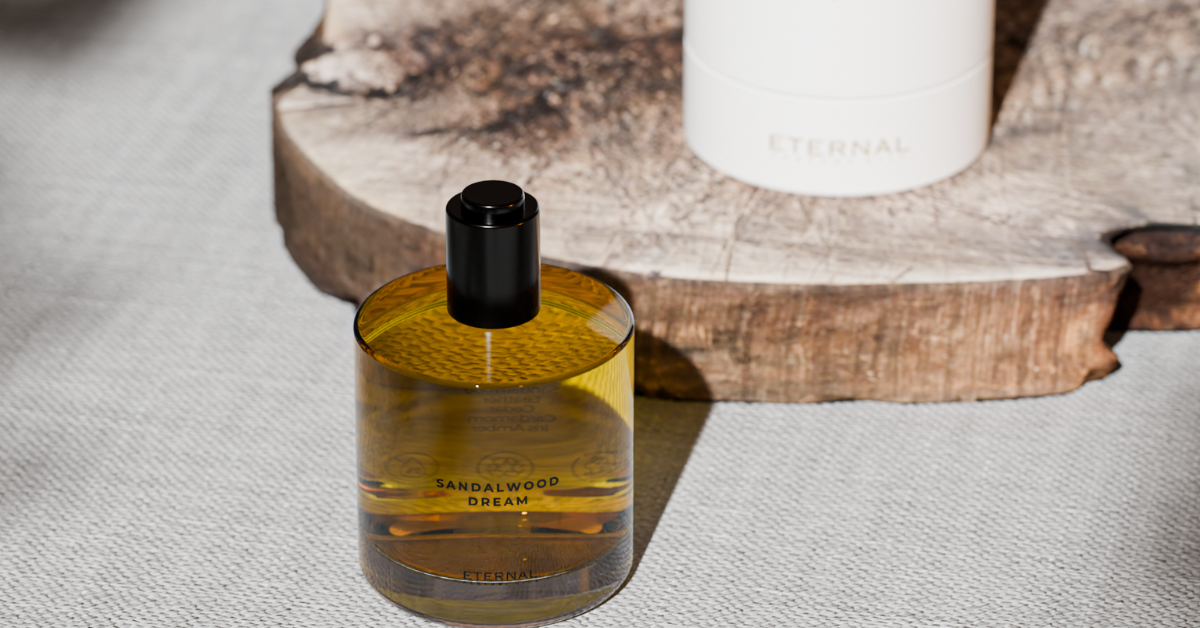
Why Anti-Ligature Furniture is Essential for Safe Mental Health Environments

*Collaborative Post
If you want to create safe, therapeutic environments for mental health care settings, then every detail matters. From the colour of the walls to the layout of a room, the choices administrators make can directly impact how a person feels, behaves, and heals at any given time.
Within this, one of the most important, yet often overlooked, aspects of these spaces is the furniture contained within them. After all, as this is a setting where people may be at risk of self-harm or suicide, traditional furnishings can pose serious dangers. But that’s where anti-ligature furniture has become essential to the cause.
Purpose-built to reduce the levels of risk patients and staff are subjected to, and to support the recovery process overall, this type of furniture performs a vital role in modern mental health design.
In this post, we’ll highlight what anti-ligature furniture is in more detail. We’ll also explain why it’s so important and how it’s being used across Australia to keep people safe and comfortable during their most vulnerable moments.
What is Anti-Ligature Furniture?
Anti-ligature furniture refers to furnishings that have been designed to eliminate points where someone could tie a cord, rope, or item to harm themselves. A “ligature point” can be something as simple as a door handle, bed frame gap, or wall hook. Essentially, everyday features that can become dangerous in the wrong context.
These furniture pieces are built with smooth lines, rounded edges, and tamper-resistant fittings. Many are either fixed to the floor or heavily weighted to prevent movement or misuse.
The goal of this type of furniture is to remove opportunity (not freedom) and create environments that keep people safe without feeling restrictive or uncomfortable. As it addresses these risks head-on, anti-ligature furniture provides peace of mind for carers, staff, and families alike.
Knightsbridge, challenging behaviour furniture manufacturer is one of Australia’s leading suppliers of mental health-safe furniture.
Why Safety is Vital in Mental Health Settings
The very nature of mental health facilities is that they serve people during some of the most challenging times in their lives. Unfortunately, the risk of self-harm or suicide is higher in these settings, which means extra care must be taken to ensure that the environment supports safety as well as recovery.
Regrettably, furniture that hasn’t been designed for this purpose can become a hazard. For example, a loose screw, sharp edge, or removable piece can quickly turn into something dangerous. That’s why the Australian healthcare industry is increasingly looking towards purpose-built anti-ligature furniture to prevent tragedy before it has a chance to occur.
Key Benefits of Anti-Ligature Furniture
The most obvious benefit of anti-ligature furniture is the physical safety it brings to patients and staff. However, its advantages go far beyond preventing accidents and intentional harm from occurring.
For a start, these furnishings support a healing environment, which means that when people feel secure, they can relax and focus on their recovery. In addition, anti-ligature designs can also reduce the need for constant supervision, therefore easing the pressure on staff to keep an eye on patients.
On a practical level, anti-ligature furniture is also highly durable. Indeed, it’s made to withstand wear and tear, resist damage, and last a lot longer than most standard pieces. This makes it a smart long-term investment for facilities that want to reduce their overheads in terms of maintenance and replacement costs.
Where You’ll Find Anti-Ligature Furniture in Use
You might expect to find anti-ligature furniture in psychiatric hospitals. But you can also find them in several other environments, including rehabilitation centres, youth detention facilities, and special needs schools. All of which often rely on anti-ligature pieces to support the safety of residents and staff.
In addition, emergency departments in hospitals are also beginning to include dedicated mental health-safe rooms, especially in larger metropolitan areas. At the same time, even general healthcare facilities and aged care homes with dementia wings are starting to adopt anti-ligature principles.
Essentially, any setting where someone may experience distress, confusion, or behavioural challenges can benefit from the safer, more considered design of anti-ligature furniture.
What Makes Quality Anti-Ligature Furniture?
Ultimately, quality anti-ligature furniture is defined by its safety and usability features. As standard, it should be either permanently fixed in place or weighted heavily enough that it can’t be picked up, tipped, or thrown.
However, it should also have no sharp edges or points, and no gaps or joinery that could be used to conceal items or tie a ligature. In addition, screws, bolts, and hinges must be tamper-proof, ideally hidden or non-removable without specialist tools.
Durability is another big defining feature of this furniture because these items are subject to high use, occasional aggression, and the need for frequent cleaning. Other features, such as high-impact materials, antimicrobial coatings, and wipeable finishes, are also essential.
Perhaps most crucially, the best designs are those that meet these strict safety criteria while providing plenty of comfort and looking good.
Comfort and Dignity Matter, Too
Talking of comfort, there’s a growing understanding in Australia that mental health spaces shouldn’t feel cold or institutional. Instead, more administrators are aware that a calming environment can help lower anxiety, reduce aggression, and support self-care.
With that in mind, anti-ligature furniture now comes in a wide range of colours, styles, and materials that contribute to a more humane atmosphere.
Subsequently, instead of the cold steel or clinical white that is often associated with these environments, you’ll see soft greys, timber finishes, and upholstered options that still meet all safety standards.
*This is a collaborative post. For further information please refer to my disclosure page.




